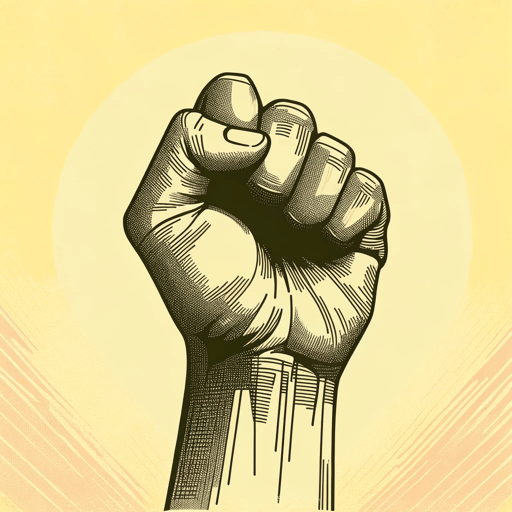107 pages • 3 hours read
Nelson MandelaLong Walk to Freedom
Nonfiction | Autobiography / Memoir | Adult | Published in 1994A modern alternative to SparkNotes and CliffsNotes, SuperSummary offers high-quality Study Guides with detailed chapter summaries and analysis of major themes, characters, and more. For select classroom titles, we also provide Teaching Guides with discussion and quiz questions to prompt student engagement.
Part 3Chapter Summaries & Analyses
Part 3: “Birth of a Freedom Fighter”
Chapter 11 Summary
Mandela’s life is now firmly set on a political course. World War II is raging, and Winston Churchill and Franklin Roosevelt’s Atlantic Charter of 1941 affirmed the dignity of all humans. Many saw the Charter as a piece of meaningless paper, but the ANC was inspired to create its own charter. The result, the African Claims, called for the dismantling of discriminatory laws and the full citizenship of all peoples in South Africa.
In 1943, Mandela hears political activist Anton Lembede speak for the first time. Lembede is a firebrand, excoriating his fellow Africans for accepting Western propaganda about their inferiority. Mandela writes:
He believed blacks had to improve their own self-image before they could initiate successful mass action. He preached self-reliance and self-determination, and called his philosophy Africanism. We took it for granted that one day he would lead the ANC (96).
Lembede’s fiery denunciation of assimilationism among educated Africans prompts Mandela to reflect on himself, and he begins adopting some of Lembede’s radical, nationalist ideals. Mandela finds himself among a rising generation of South African leaders who chafe at the timidity of the ANC’s older leadership. He and others form a Youth League to pressure the ANC into engaging in mass mobilization campaigns.
Related Titles
By Nelson Mandela



